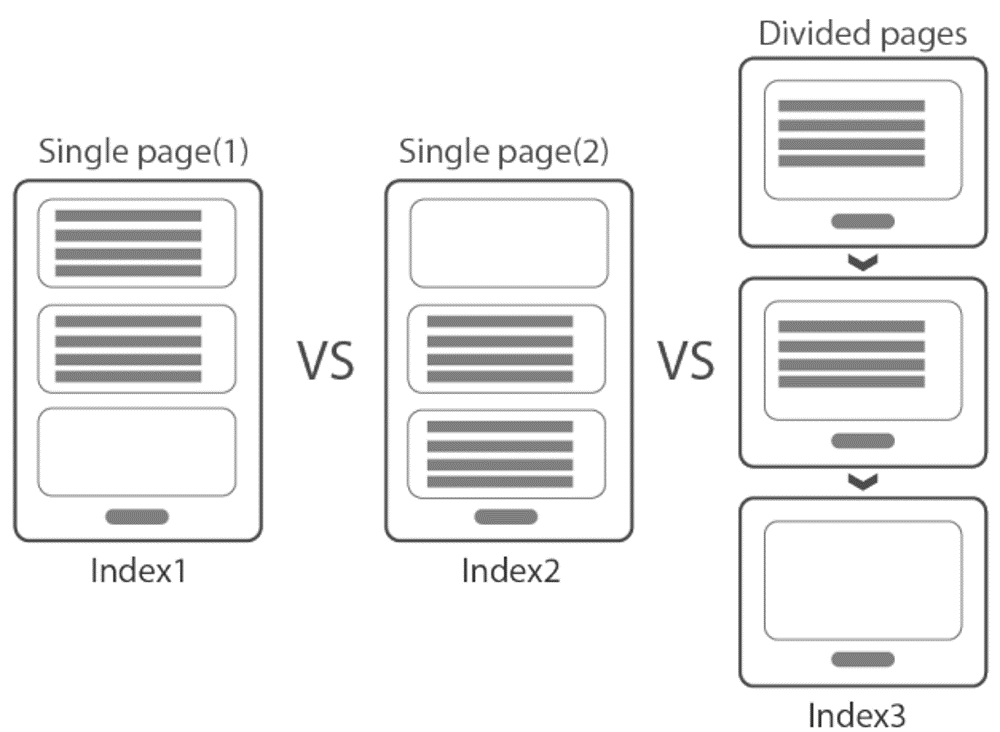fNIRS can robustly measure brain activity during memory encoding and retrieval in healthy subjects
## Background Knowledge * encoding : 인지과정 혹은 정보 처리 과정의 한 형태로, 청각, 시각, 촉각...
Amongst the many tasks in our lives, we encounter web forms on a regular basis, whether they are mundane like registering for a website, or complex and important like tax returns. There are many aspects of Usability, but one concern for user interfaces is to reduce mental workload and error rates. Whilst most assessment of mental workload is subjective and retrospective reporting by users, we examine the potential of functional Near Infrared Spectroscopy (fNIRS) as a tool for objectively and concurrently measuring mental workload during usability testing. We use this technology to evaluate the design of three different form layouts for a car insurance claim process and show that a form divided into subforms increases mental workload, contrary to our expectations
Layout variations of web forms :


Video Clip : Video clips of car accidents were used as the stimulus for filling in insurance claims during the study (30-60s long)
NASA-TI X : Subjective measures (user opinions, user’s experience of effort)
Subjective Mental Workload : In line with the objective data from the fNIRS, participants perceived Index3 as the most mentally demanding
Objective Mental Workload :
Index3 had significantly higher Hbo(Oxegenated Hemoglobin) activation than Index1: p = 0.047.
(Higher Hbo values indicates higher workload)

Based on post-study ratings, the bulk of participants preferred Index1 and Index3. Overall, we found that the designs of the forms did not create an emotional affect, and did not affect performance in terms of time
Lukanov, K., Maior, H. A., & Wilson, M. L. (2016, May). Using fNIRS in usability testing: understanding the effect of web form layout on mental workload. In Proceedings of the 2016 CHI Conference on Human Factors in Computing Systems (pp. 4011-4016).
Avenco comes with a built-in contact form.

